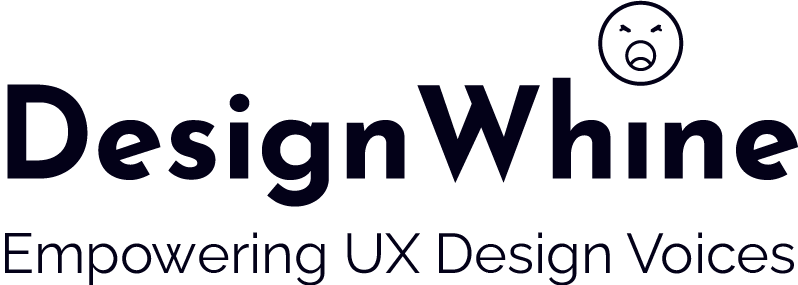Despite advancements and growth in the field, UX design research is still a bumpy road for India argues Juneza Niyazi
Design research is a time consuming, people intensive and costly pursuit which does not guarantee a direct impact on the company’s ROI. Unlike market research which is focused on data aggregation and synthesis from a larger sample size, design research is limited to 15 to 20 customers for a specific objective.
Often companies allocate a significant budget towards marketing and market research and a comparatively low budget for design research. This may not be the case in those startups or MNCs where the C-suite has prior experience or positive exposure with a designer or researcher. But most companies hesitate to allocate as well as integrate design research in their roadmap and budget conversations.
While working with marketing, sales and business analysts, what I have learnt is that executives are more confident to make decisions on quantitative research data. There is a bias towards statistical information over findings based on interviews or observations.
Today, there is a growing trend in usability testing, as these tests are cost effective, have a shorter turnaround time and could be run at a larger scale. But design research is not limited to validating design decisions; it has more value in crafting hypotheses based on evidence and observing the said phenomenon by investigating and probing the cause and effect. Behavioural research is another domain within design research that is least explored within organisations.
The findings in a behavioural research may not have a huge impact in quarter to quarter cycle, this should be considered more as an investment towards future company goals. Nevertheless, we have a long journey towards incorporating behavioural research as a branch within organisations. In fact, even design curriculums do not equip students to conduct behavioural research in a scientific and methodical manner.
But, this does not mean that usability testing is the only KRA for a design researcher within a company! I believe an early collaboration between researchers and business analysts could have a direct impact on a company’s ROI!
Researchers could support business development teams in the early stages of crafting business proposals by identifying opportunities and exploring possibilities through exploratory research or speculative research. Business proposals are often crafted from the shoes of the company stakeholder and rarely address the customer’s or user’s voice! This is a key perspective that a researcher will be able to offer!
As a Service Designer, it has been my top priority to articulate the value of research at the discovery phase to attain a buy-in from the executives. The gap I have encountered while working with researchers, is at the stage of research shareback. The methods adopted to shareback research findings or insights are often in the form of a long, heavily worded document or an anecdote. We forget to tell the “stories” of our customers!
This limits the decision maker to understand the “so that” in our ‘How Might We’ statement! The most popular question a researcher encounters post a research shareback is – “What do we do next and how?”
Let me take this opportunity to share a story from my talk at the DesignUp conference, 2022 –
Imagine that we are assigned to research the experience of buying vegetables for indians! Buying vegetables in India is a ritual. We have a specific vendor we purchase from. We touch, examine, smell and pick each veg, and put this in a basket, which is then weighed by the vendor. If we are buying fruits, We even ask questions to the vendor such as, do you think this is ripe enough to consume today? And he would help us to pick the right fruit based on our needs. There is a sense of loyalty built within us, by the vendor, towards him/her.
As a design researcher, we want to share the above buying experience where the consumer chooses a vendor, builds trust with a vendor, and has the ability to choose vegetables based on when and how they’re cooking them. This highly personalised experience lends to the feeling that the vegetables were ‘picked by them and not for them’.
But when we are sitting in the boardroom with C-suite executives, software developers, marketing heads and business analysts who are looking for a solution, the abstract and emotional nature of the vegetable buying experience is often lost. Most often researchers summarise their experience. Few researchers also add quotes and images that have been beneficial. But, the synthesis of research findings are often statements, observations and anecdotes.
If the intent of the research was to understand the motivations for a customer to revisit a vendor, as a researcher we should be able to clearly articulate the needs, goals and pains for both the customer and the vendor. The outcome of the research shareback is to help a stakeholder who did not have the same opportunity to interact with the users, listen to their stories, visit their homes, observe their daily routine
This will help the core team to re-evaluate their business decision to build a feature to drive sales within their platform. This will help them question the true value the feature provides to their end customer and prevent them from replicating a feature in a competitor’s app! This is a space where true innovation could be triggered by the findings from a researcher. This would prevent yet another feature or an idea being a copy of a copy of a copy!
Recently I read this quote shared with The Ken by Ashish Goel, the CEO of Urban Ladder (a huge furniture retailer in India). He said,” To design a bookshelf, you need to understand how people buy books in India. People always design for the western market – where people predominantly buy hardbacks over paperbacks. In India, it is the other way round”.
If we want to drive impact and be integrated within organisations, design researchers should constantly circle back to –
How might we help business teams to empathise with our customers, so that business decisions address our customer’s need or pain while we drive our sales and
revenue.









